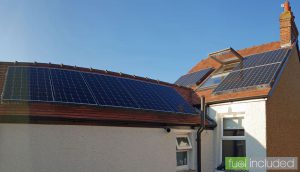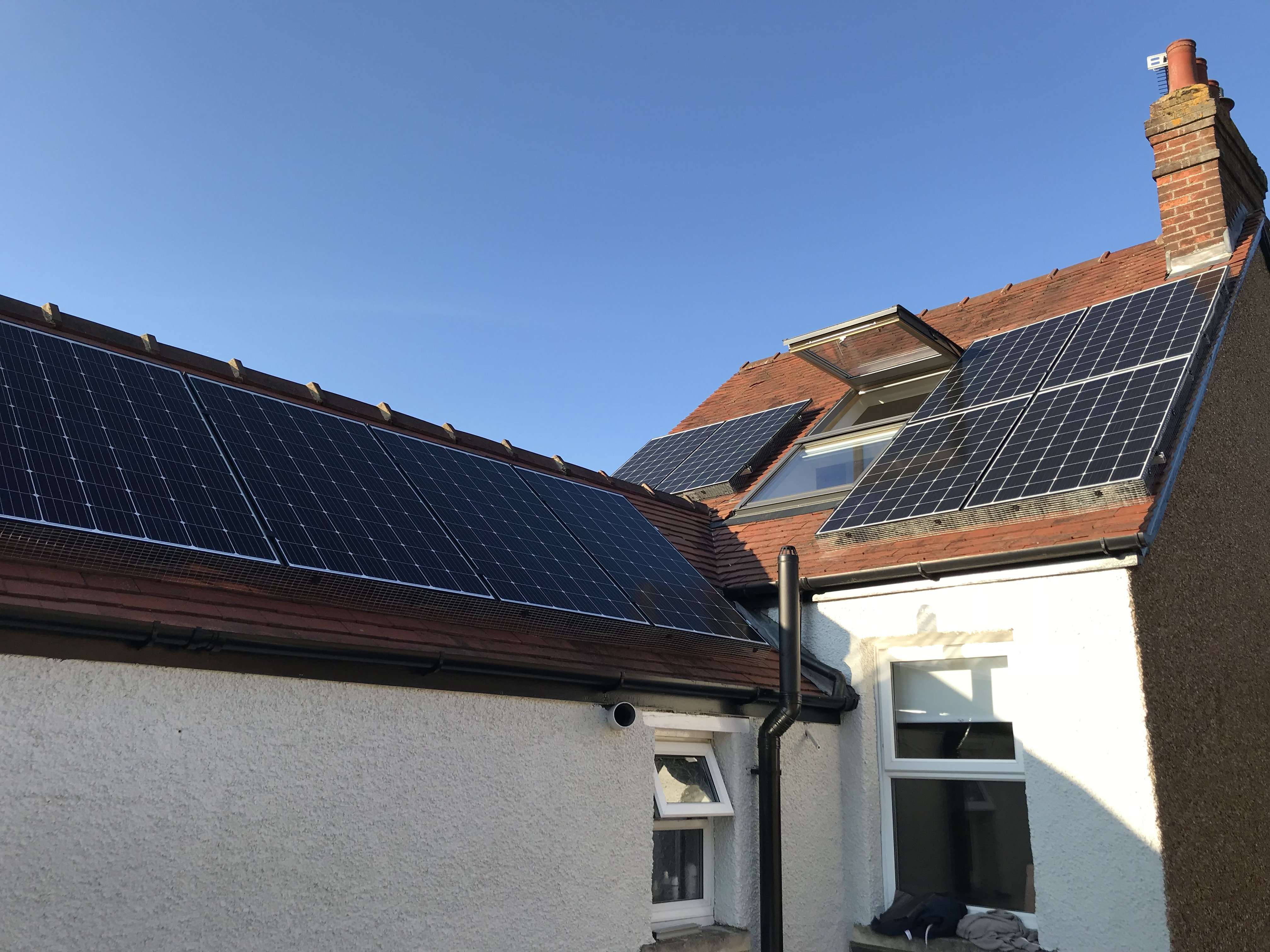Despite the fact that United States president Donald Trump withdrew from the Paris climate agreement back in 2017, there are many, many companies, politicians, and constituents that have not given up on moving away from fossil fuels and toward meeting the carbon emissions cap set by the accord.
In fact, polling shows that a majority of United States citizens still support the United States’ adherence to the Paris agreement, and a huge number of U.S. states have maintained their own official clean energy goals, with Washington and Hawaii even going so far as to pass legislature explicitly targeting 100 percent clean energy.

It therefore goes without saying that it has become an increasingly hot topic to determine how such a lofty goal can realistically be achieved. There is currently a debate between factions of clean energy experts as to whether the United States’ vast energy demand can be met purely through zero-emissions renewable energy, or if renewable energy will have to be augmented with other alternatives, such as nuclear power, natural gas, or biofuels.
As Vox reports of this clean-energy divide, “at the heart of the debate is the simple fact that the two biggest sources of renewable energy — wind and solar power — are ‘variable.’ They come and go with the weather and time of day. They are not ‘dispatchable,’ which means they cannot be turned on and off, or up and down, according to the grid’s needs. They don’t adjust to the grid; the grid adjusts to them.”
The simplest and most realistic solution for creating the kind of flexibility that the grid would need in order to run smoothly off of renewable energy lies in energy storage. This is not a novel idea–in fact, the energy storage industry is already booming. According to Energy Storage News’ reporting based on an April Wood Mackenzie analysis, “grid-connected energy storage deployments have increased significantly around the world in the past five years, with an impressive compound annual growth rate of “74% worldwide in the years 2013 to 2018, with a ‘boom’ in deployment figures expected over the next five years.”
Read more: Oilprice



